The world’s largest gathering left behind an ecological disaster
The Kumbh Mela, the Hindu festival billed as the world’s largest human gathering, received plenty of positive press during its 55-day run earlier this year. In February, I traveled to the Kumbh with a global health research team from Harvard, and wrote up many sunny observations of the Kumbh’s impressive infrastructure. Eleven sector health clinics served up free healthcare free of charge, day and night. Thousands of “sweepers” kept the wide streets largely clear of garbage. During the main bathing days, when the crush of the crowd–and the focus of the media–was the most intense, the land and water seemed clean enough that the banner of “The Green Kumbh” seemed reasonable.
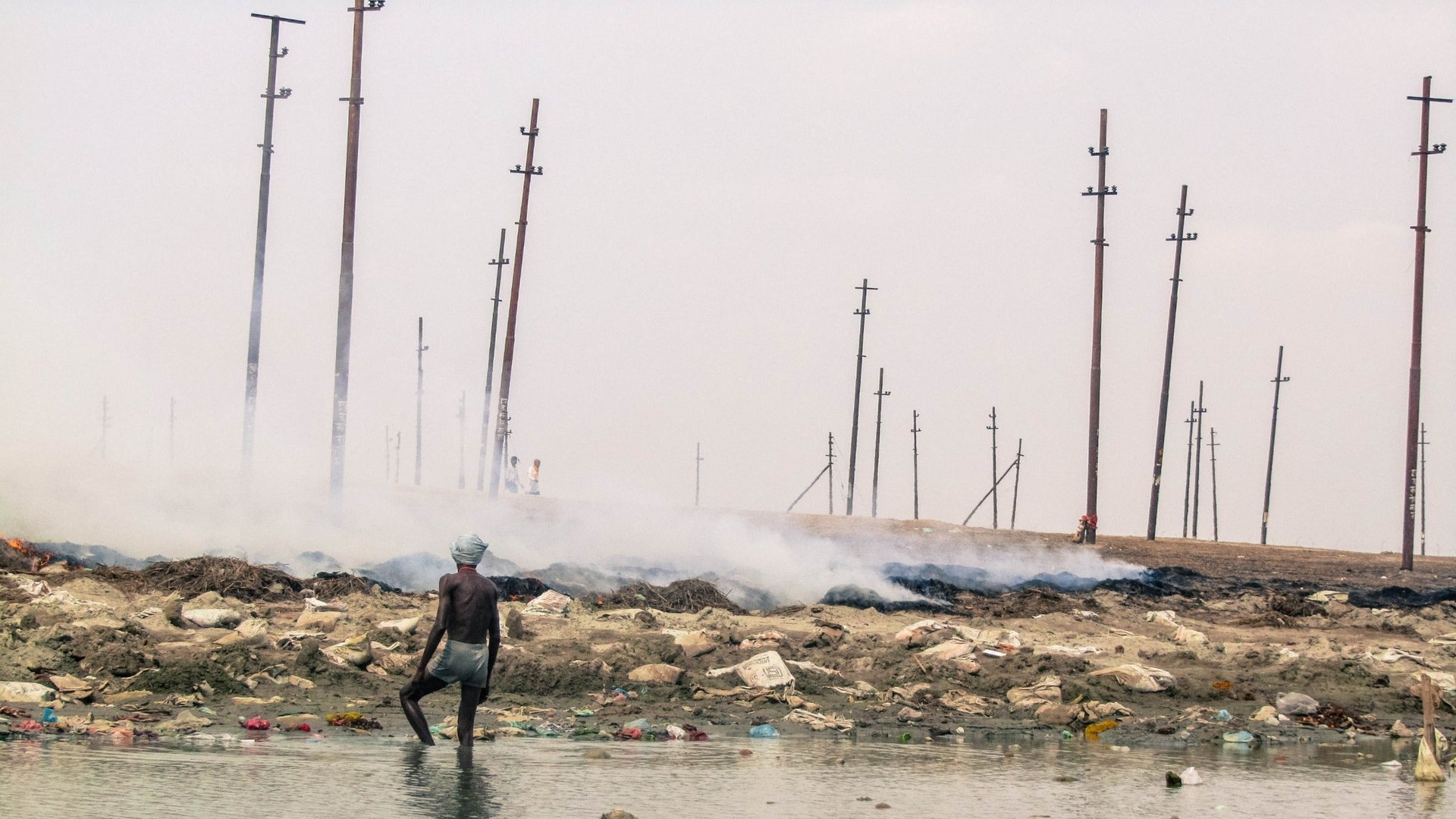

The Kumbh Mela, the Hindu festival billed as the world’s largest human gathering, received plenty of positive press during its 55-day run earlier this year. In February, I traveled to the Kumbh with a global health research team from Harvard, and wrote up many sunny observations of the Kumbh’s impressive infrastructure. Eleven sector health clinics served up free healthcare free of charge, day and night. Thousands of “sweepers” kept the wide streets largely clear of garbage. During the main bathing days, when the crush of the crowd–and the focus of the media–was the most intense, the land and water seemed clean enough that the banner of “The Green Kumbh” seemed reasonable.
The festival, held every 12 years, had hardly concluded before the press were praising it for being ”a success story” that ”went off like clockwork.” The event even earned Akhilesh Yadav. the chief minister of the state of Uttar Pradesh, an invite to share his story at the Harvard Business School last Friday. (Incidentally, Yadav boycotted the Harvard event after cabinet colleague Azam Khan was briefly detained and frisked at Logan International Airport. Yadav’s presentation–a PowerPoint prepared by Ernst and Young–was delivered by the state’s chief secretary).
But now the crowds have gone home, the tents have come down, and the aftermath of the Kumbh presents a very different picture–one that looks more like an ecological disaster than the product of a “green” initiative. To get a better idea of what has happened on the ground, I spoke with Avikal Somvanshi, a researcher at the Centre for Science and Environment, a sustainability think tank in India. Somvanshi attended the Kumbh at its height and after its conclusion.
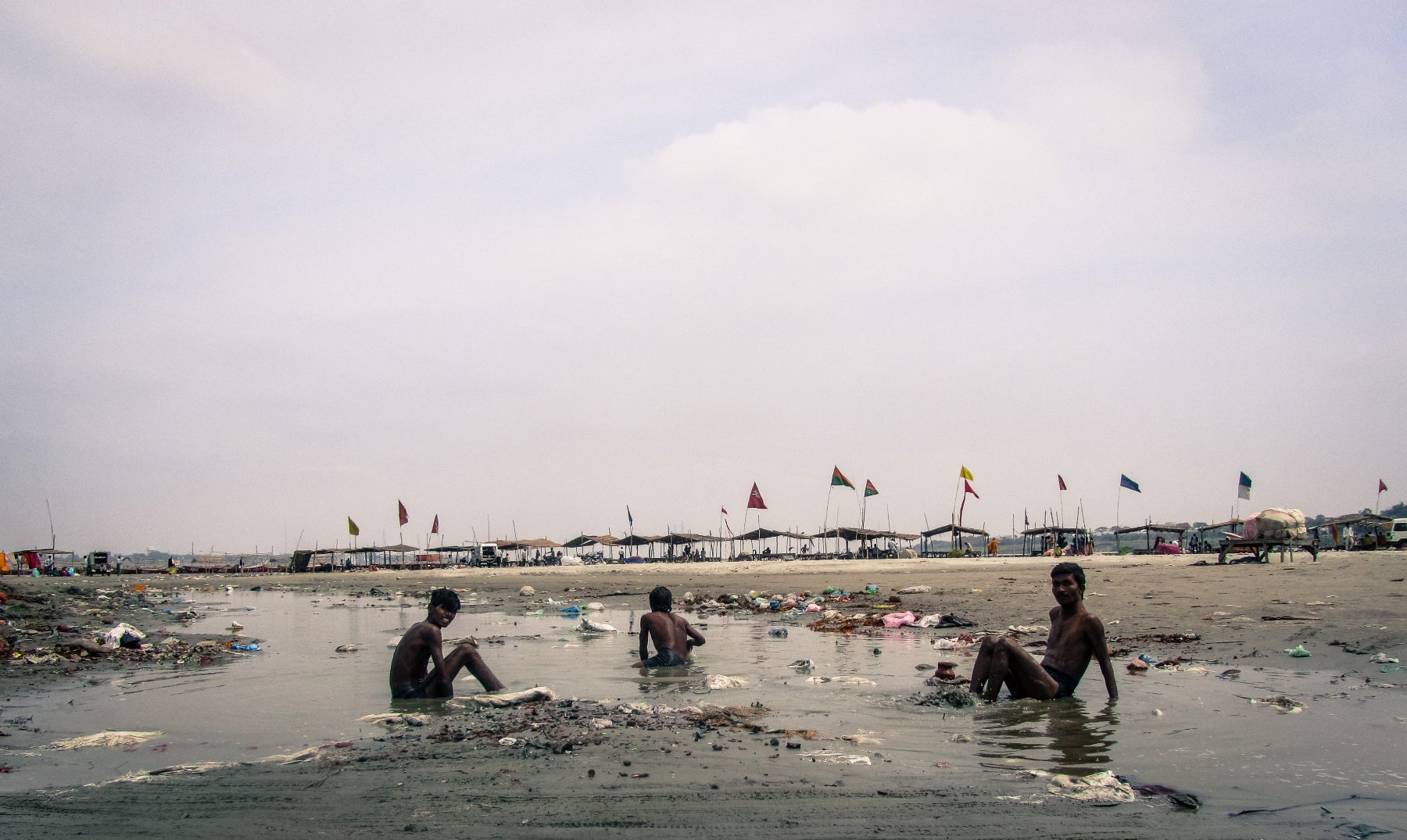
The current state of the Sangam, the holy site where the Ganges and Yamuna rivers meet, is bleak, says Somvanshi. Which is not too surprising given that, according to research done by the Society for Environmental Communications, the Kumbh Mela administrative plan did not budget for a cleanup phase. Somvanshi, who was born and raised in Allahabad and has attended three Kumbhs, breaks the cleanup quagmire into four main categories.
The first is immediately evident: garbage. Lots of garbage. During the Kumbh, literally thousands of workers were hired to sweep away debris, pick up human waste and douse the ground with a cleansing lime powder when necessary. But as soon as the festival ended, the ad hoc team of cleaners quickly disbanded. The dropoff in manpower was almost immediate, says Somvanshi, even though there were still millions of pilgrims occupying the festival grounds. Bags, sandals, and human waste piled higher and higher, and pilgrims camping on the river bank had little recourse but to begin burning it en masse. (As it turns out, burning trash was a common strategy employed by the Kumbh administration throughout the event as well.)
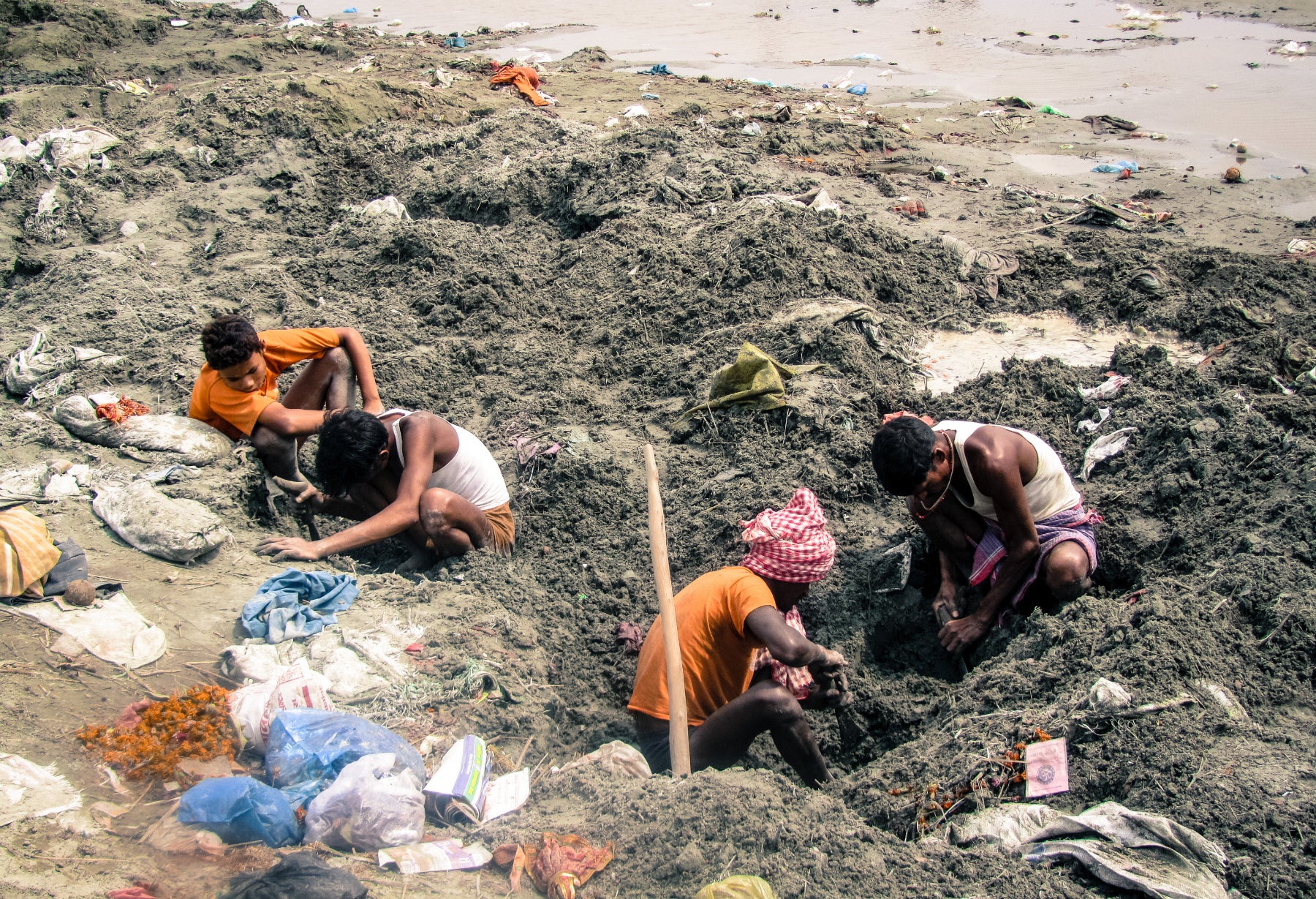
“You can go crazy recycling these sandals and shoes,” says Somvanshi, “but it’s not being done.”
Next to the haze of garbage fires is the riverbank. Just two months ago, the Ganges was beautiful, deep enough to swim in and passably clean. But that kinder, gentler Ganges was only temporary, the product of artificially increased water flow and a prohibition on factory pollution. Now, “the water quality is back to business as usual,” says Somvanshi. The water level has dropped, revealing a murky cesspool and manufacturers along the Ganges have returned to dumping pollutants in the river.
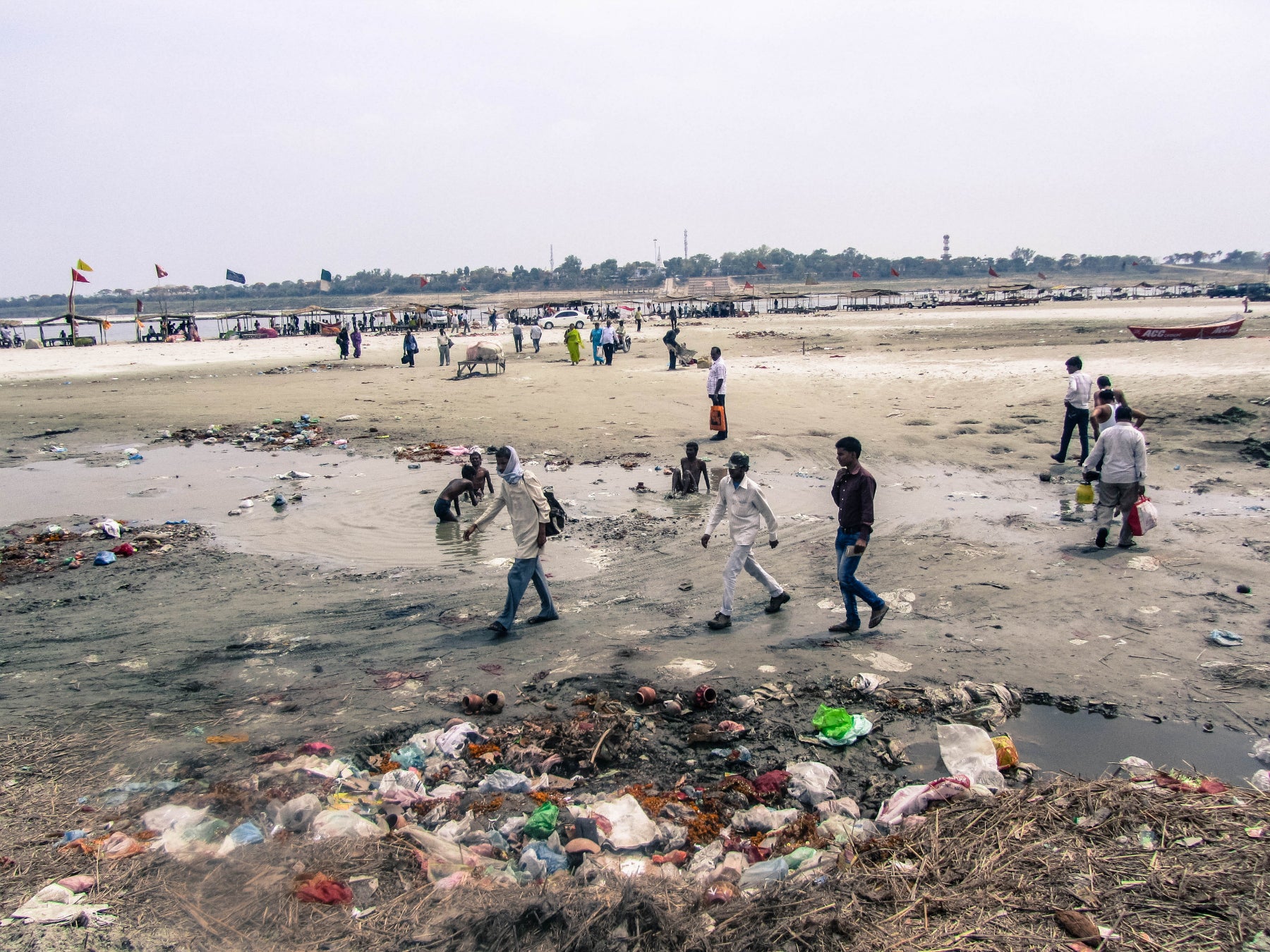
The receding waters bring their own problems, but monsoon season could bring even more. Somvanshi, who lived in Allahabad during the 2001 Kumbh Mela, remembers what happened when the rains came.
“The riverbed was so compacted [from the Kumbh] that it lost the capacity to absorb water. So the city was flooded and the water could not drain. The city was waterlogged for almost seven days. It was horrible. I’m concerned that when the monsoon comes this year, if there hasn’t been a proper cleanup, the flooding will be even worse.”
In the meantime, there are the bugs to content with. The Kumbh Mela officials proudly declared the grounds a “vector-free zone.” This meant that authorities fogged the festival daily with strong insecticides in order to eliminate mosquitoes and flies carrying deadly diseases like malaria. It worked for 55 days, but as soon as the Kumbh ended, the fogging stopped. The trash piled high and the receding water created stagnant pools perfect for breeding insects. When it all came together, says Somvanshi, there was, “a massive explosion in the number of flies and mosquitoes.”
How this will impact vector-borne diseases in the region has yet to be seen.
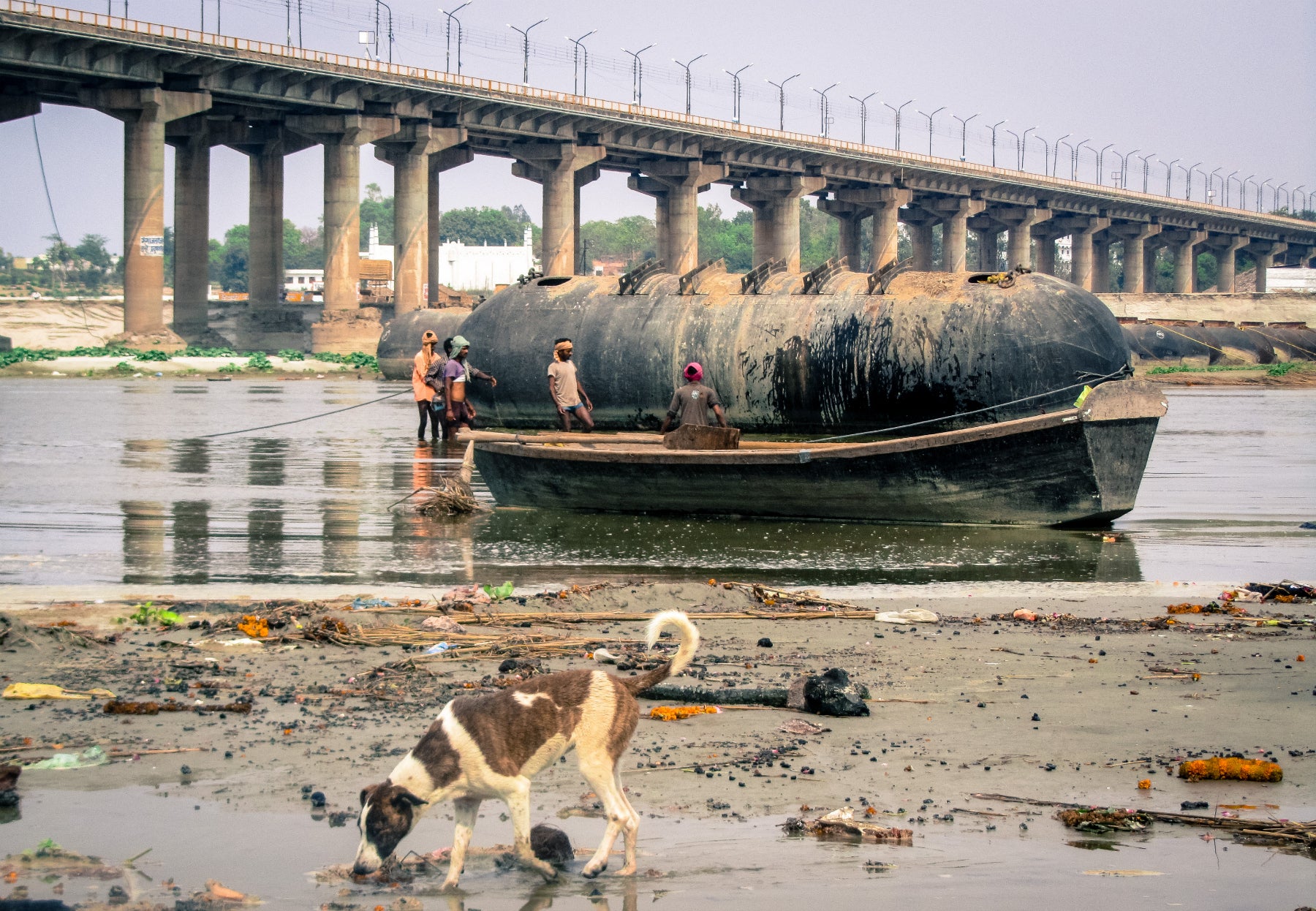
Finally, there is the issue of human waste. Much was made of the Kumbh Mela’s installation of 40,000-plus toilets.
“The problem was that they were merely holes in the ground,” says Somvanshi. “No treatment.” And no plan appears to be in place for removing the waste to landfills after the Kumbh. As a result, it’s left to seep into the Allahabad groundwater, which is the main source of water to the city.
“The damage that happens to the ground water is immense,” says Somvanshi. “Bore wells in Allahabad used to yield good water at depth of 100 to 120 feet before 2001 Kumbh, which deteriorated to 300 feet after the 2001 Kumbh. Bore wells dug for this Kumbh were deeper than 800 feet. After this year’s Kumbh Allahabad might need to dig 1,000 feet to get usable water.”
The accomplishment of the Kumbh—of creating a pop-up city capable of safely housing tens of millions of pilgrims—should not be ignored. However, one look at the Ganges riverbank today and it is clear that the job was left incomplete, and locals were left holding the bag. The Burning Man festival in Nevada, another pop-up city, takes an extreme “leave no trace” policy towards its environment. The Olympics have a legacy of leaving behind world-class infrastructure when they conclude. With the amount of political good will attached to the Kumbh Mela, authorities should take a closer look at the festival’s impact on the environment, and the host city. A dip at the Sangam is said to be a boost to karma. Kumbh authorities have 12 years to figure out how to make the Kumbh a similar blessing for the region.
We welcome your comments at [email protected].